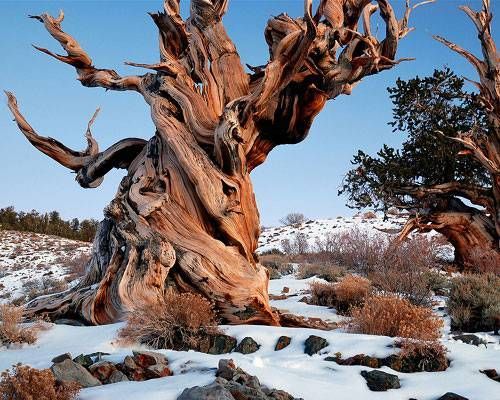What do you think?
Rate this book


269 pages, Hardcover
First published January 1, 2014





"I make large-format prints that have a physical presence meant to put the viewers into human-scale context with the subjects, while simultaneously obscuring the organisms' exact scales"